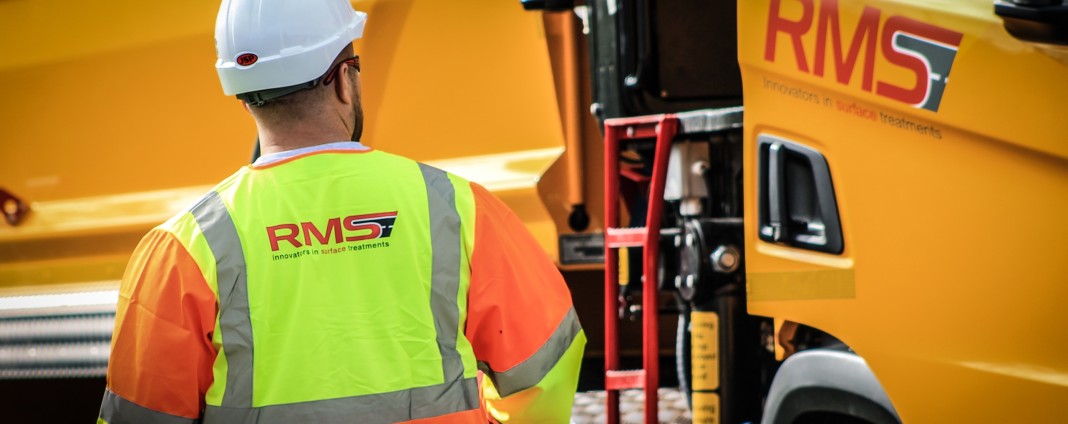
Why is it important to maintain highways?
Maintaining the highways is an important job in a modern society. Since roads were first developed, they have been essential for trade and travel; contributing to technological and societal progression for thousands of years. In modern times, the road has become the dominant form of transportation. In 2019, 873 billion passenger kilometres were travelled in Great Britain, with 84% of all that movement made using cars, taxis and vans. Add in bus journeys, cycling and walking and it’s safe to say we use our roads a lot.
Poorly maintained roads can have a number of adverse effects. The immediate implications are obvious; a damaged highway increases the risk of accidents for all users and increases the risk of damage to vehicles. Aesthetically, a damaged road could give off an impression that an area is run down and not worth investment. This can have a negative emotional effect on the local population and cause a measurable financial impact too.
The road infrastructure is incredibly important for the movement of our emergency services. When time is critical, the road condition is absolutely key, and treating surface issues quickly is imperative.
In the longer term, improper maintenance of road surfaces can have more subtle effects and the consequences can be far reaching. Poor road conditions can lead to lower traffic volume which can hamper the local economy. Social services and interest in buying property are also affected by the state of the roads. These changes take effect slowly and gradually over months and years, but the cumulative impact is substantial.
It is clear that the state of the road network is intrinsically linked to the state of our economic and social environment. Through preventative maintenance and treating surface damage as quickly as possible, we can mitigate these adverse effects and contribute to a better society.
